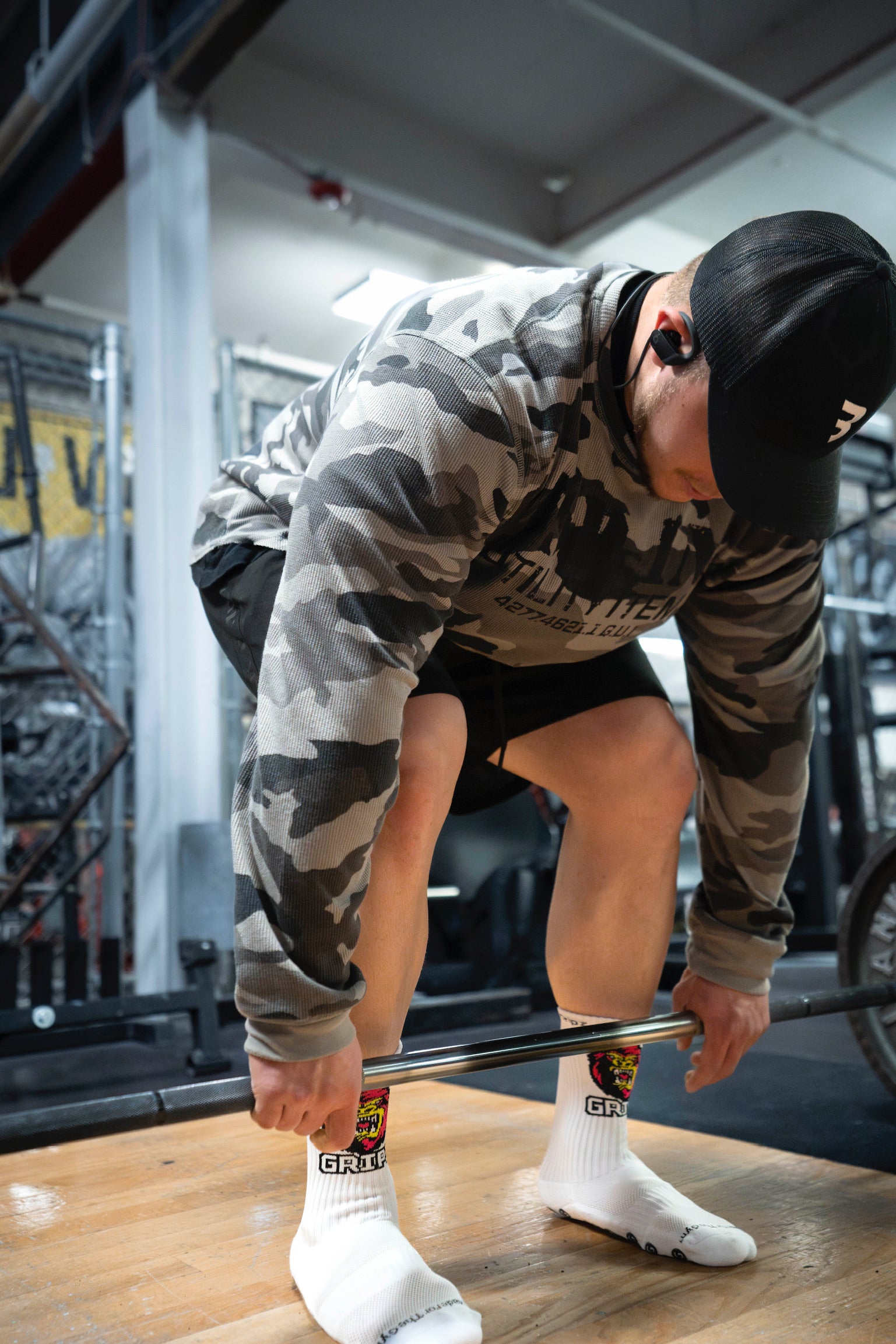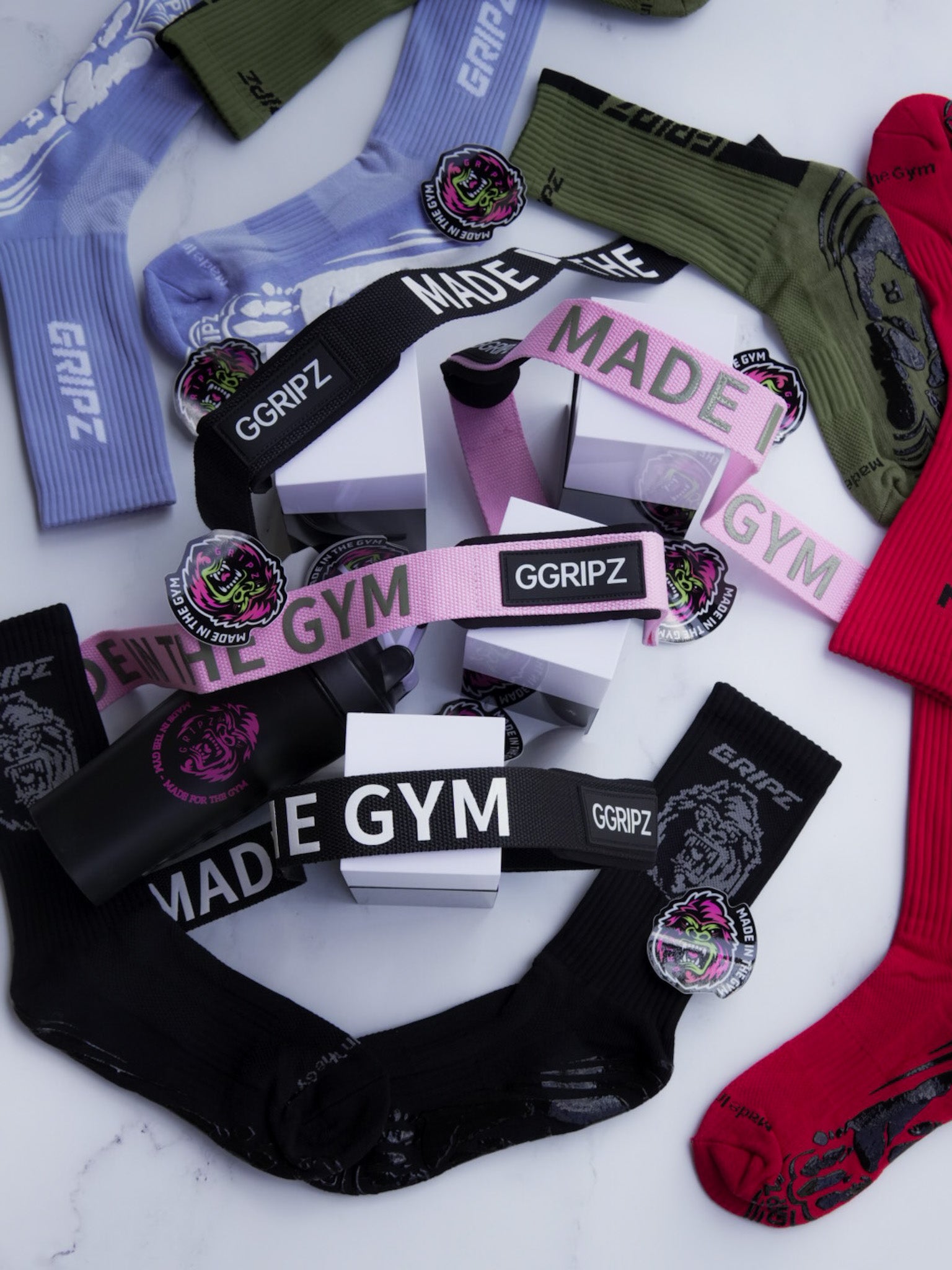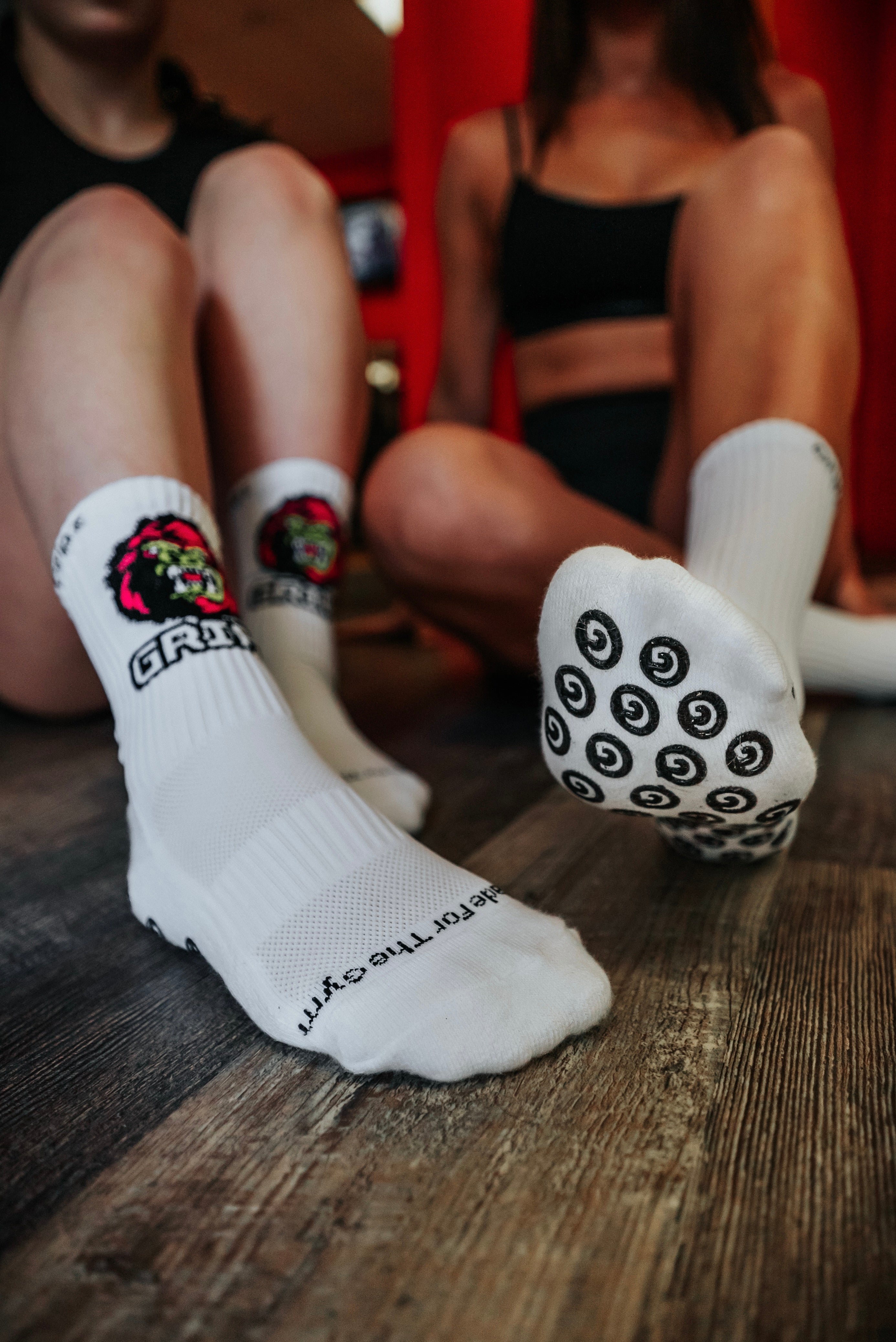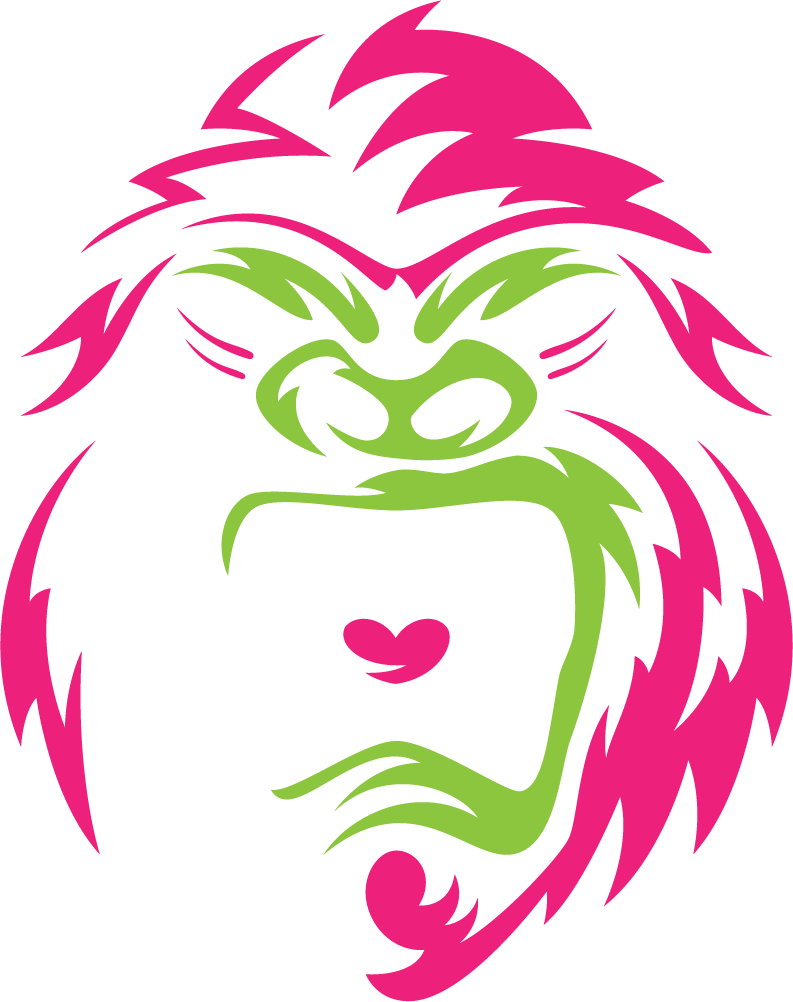
Mastering the Deadlift: Conventional vs. Sumo Style
The deadlift is a foundational exercise that targets multiple muscle groups and builds strength from head to toe. In this blog post, we will delve into the two primary deadlift variations: the conventional deadlift and the sumo deadlift. We'll explore their key differences in setup, execution, and target muscle groups. Additionally, we'll discover how GGRIPZ: grip socks for weightlifting can enhance your deadlifting performance. Let's dive in!
- Conventional Deadlift: The conventional deadlift is a classic variation that provides a great overall strength-building stimulus. Here's a breakdown of its key aspects:
Setup:
- Stand with feet hip-width apart, toes slightly pointed out, and the barbell close to the shins.
- Grasp the barbell with an overhand or mixed grip, hands wider than shoulder-width apart.
- Hips higher than knees, shoulders slightly in front of the bar.
Execution:
- Engage your core, lift the barbell by driving through the heels, and keep the bar close to the body.
- Maintain a straight back and neutral spine throughout the lift.
- Fully extend the hips at the top, squeezing the glutes.
- Lower the bar with control, maintaining proper form.
Target Muscles: Conventional deadlifts primarily target the posterior chain, including the erector spinae, glutes, hamstrings, and traps.
- Sumo Deadlift: The sumo deadlift is characterized by a wider stance and a more upright torso position. Let's explore its key features:
Setup:
- Stand with feet wider than shoulder-width apart, toes pointed out at an angle (around 45 degrees), and the barbell centered.
- Grip the barbell with hands positioned inside the legs, using a double overhand or mixed grip.
- Hips lower than shoulders, knees aligned with toes.
Execution:
- Initiate the lift by pushing through the feet, focusing on driving the ground away.
- Maintain a straight back and neutral spine.
- Fully extend the hips at the top, emphasizing glute activation.
- Lower the bar with control, following the same path used to lift it.
Target Muscles: Sumo deadlifts primarily target the lower body, including the quadriceps, adductors, glutes, and lower back.
- Grip Socks for Weightlifting and Deadlifting: Now, let's discuss the role of grip socks for weightlifting and how they can enhance your deadlift performance. Grip socks offer great benefits:
Improved Traction:
Grip socks provide superior grip on the floor, allowing you to generate more force through your feet during deadlifts. This enhanced traction reduces the risk of slipping and helps maintain stability.
Enhanced Stability:
The non-slip grip of these socks promotes greater stability during the deadlift, reducing the chances of foot movement and improving overall balance.
Conclusion:
Mastering both the conventional and sumo deadlift can elevate your strength training game. The conventional deadlift emphasizes the posterior chain, while the sumo deadlift targets the lower body with a wider stance. By incorporating GGRIPZ: grip socks for weightlifting, you can enhance your deadlift performance by improving traction, providing a protective barrier, and enhancing stability. Whether you choose conventional or sumo, practice proper form and gradually increase your weights for optimal results. Happy deadlifting!




